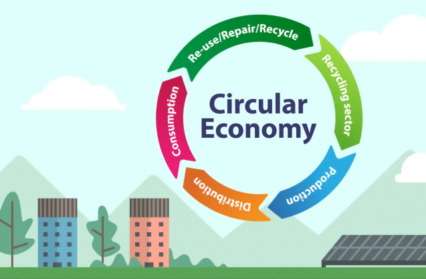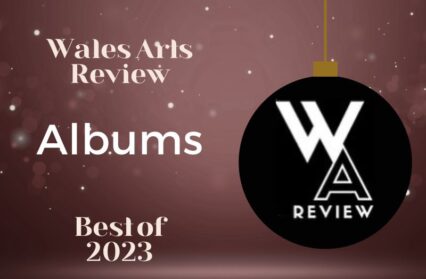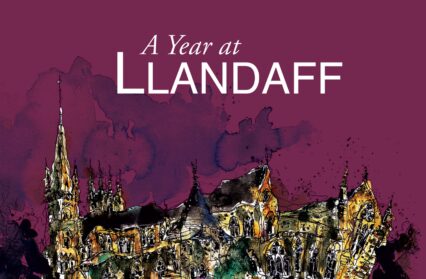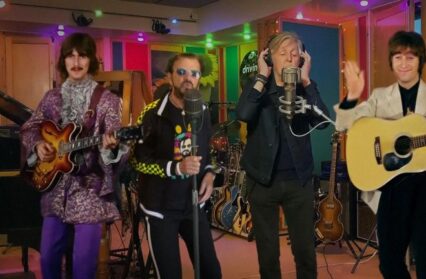Wales Arts Review is proud to present, Arts and the Circular Economy, a new series of articles by Brian Royson Mayne, exploring the ways in which different art forms are promoting sustainability and embracing the circular economy. In this third article, Brian Royson Mayne explores the ways in which the principles of the circular economy have been incorporated into popular music.
Artists are recognising that music activities can contribute to the protection of our environment by raising awareness as well as encouraging and taking action. Musicians have joined the call for a green recovery from the coronavirus crisis, whilst several major record labels, bands and festival organisers who form the UK music industry have declared a climate and ecological emergency. The declaration has been administered by the newly formed Music Declares Emergency group, an independent organisation created by music business professionals and artists. Here I look at some examples of activities carried out by those involved in the music industry as they put ideas into action, including incorporating the circular economy into their activities.
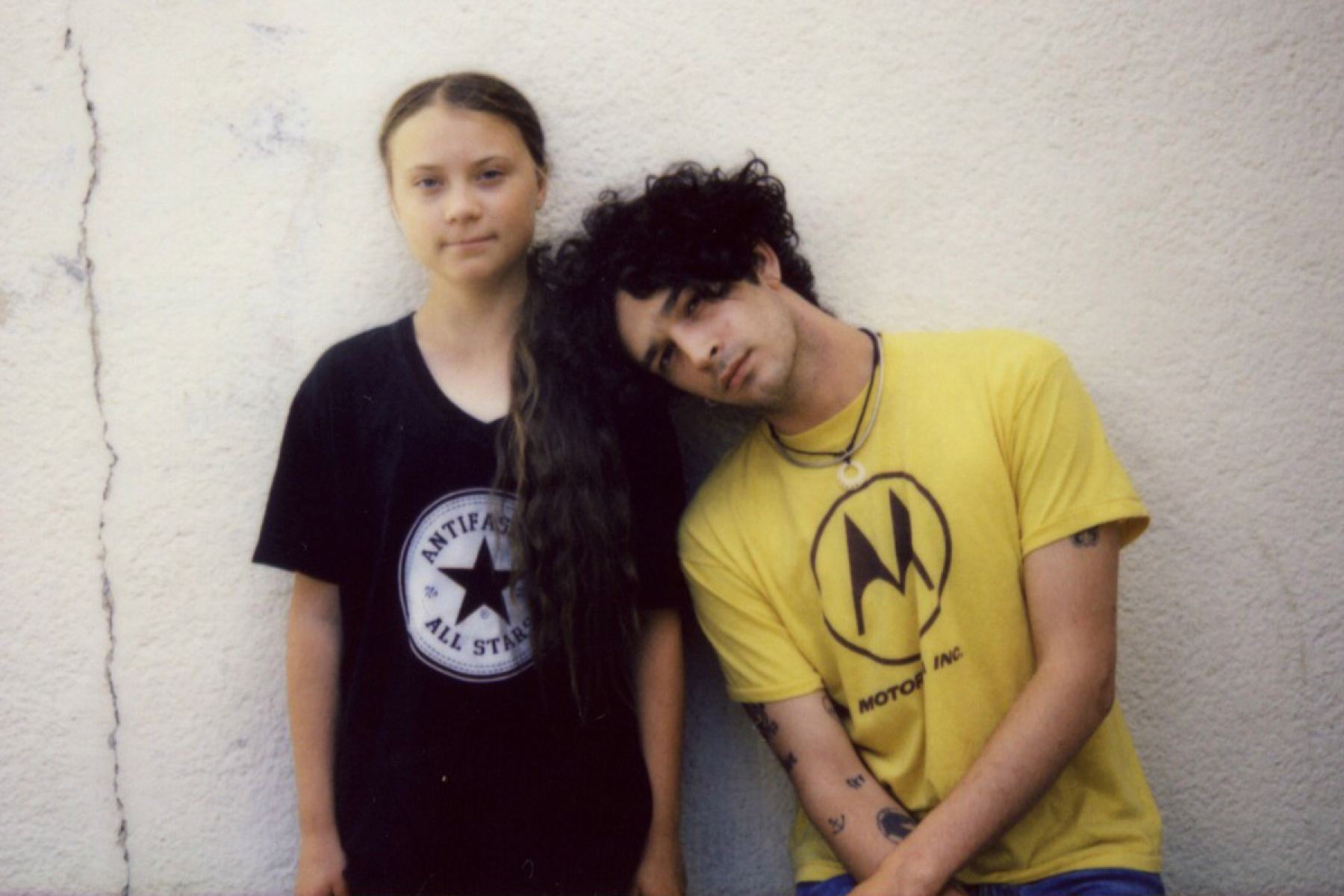
The 1975 have worked with environmental activist Greta Thunberg to raise awareness of environmental issues. The band put the focus firmly on the environment in announcing plans to stage the most sustainably responsible show ever held at London’s Finsbury Park, which was postponed due to coronavirus. It is worth noting that a 2016 report on the impact of live music events suggested the UK festival scene produced 19,778 tonnes of carbon emissions every year – excluding the travel of artists and fans. In response toolkits such as the Green Touring Guide have been produced in an attempt to reduce the impact of live concerts.
Founder of the Dirty Hit Independent Record label, Jamie Oborne, told Music Week in an interview that the label will “lead by example” in the music industry’s fight against climate change. He went on to explain where the company had taken action such as “auditing everything we’re doing top to bottom,” and provided examples including using biodegradable shrinkwrap, 140 gram vinyl instead of heavyweight vinyl, no more jewel case CDs, just softpack cardboard.
An important part of the action needed to address climate change identified by the Welsh Government is their aim to move to a circular economy, where waste is avoided and the things we use are kept in use as long as possible. Musicians have embraced the circular economy in several ways from reusing items and recycling materials from waste as instruments to tackling the major problems of electronic waste and plastic as well as the practice of reusing sounds and songs.
We are used to seeing musical instruments made from found objects especially those that are used as percussion instruments, perhaps the most well-known band using ‘junk instruments’ are Weapons of Sound. But numerous musicians sometimes use rubbish such as Shawn “Clown” Crahan from the Grammy-winning heavy metal band Slipknot is often seen on stage beating a beer keg with a baseball bat. Other examples include musician, record producer and visual artist Brian Eno, who credits found objects on many of his recordings.
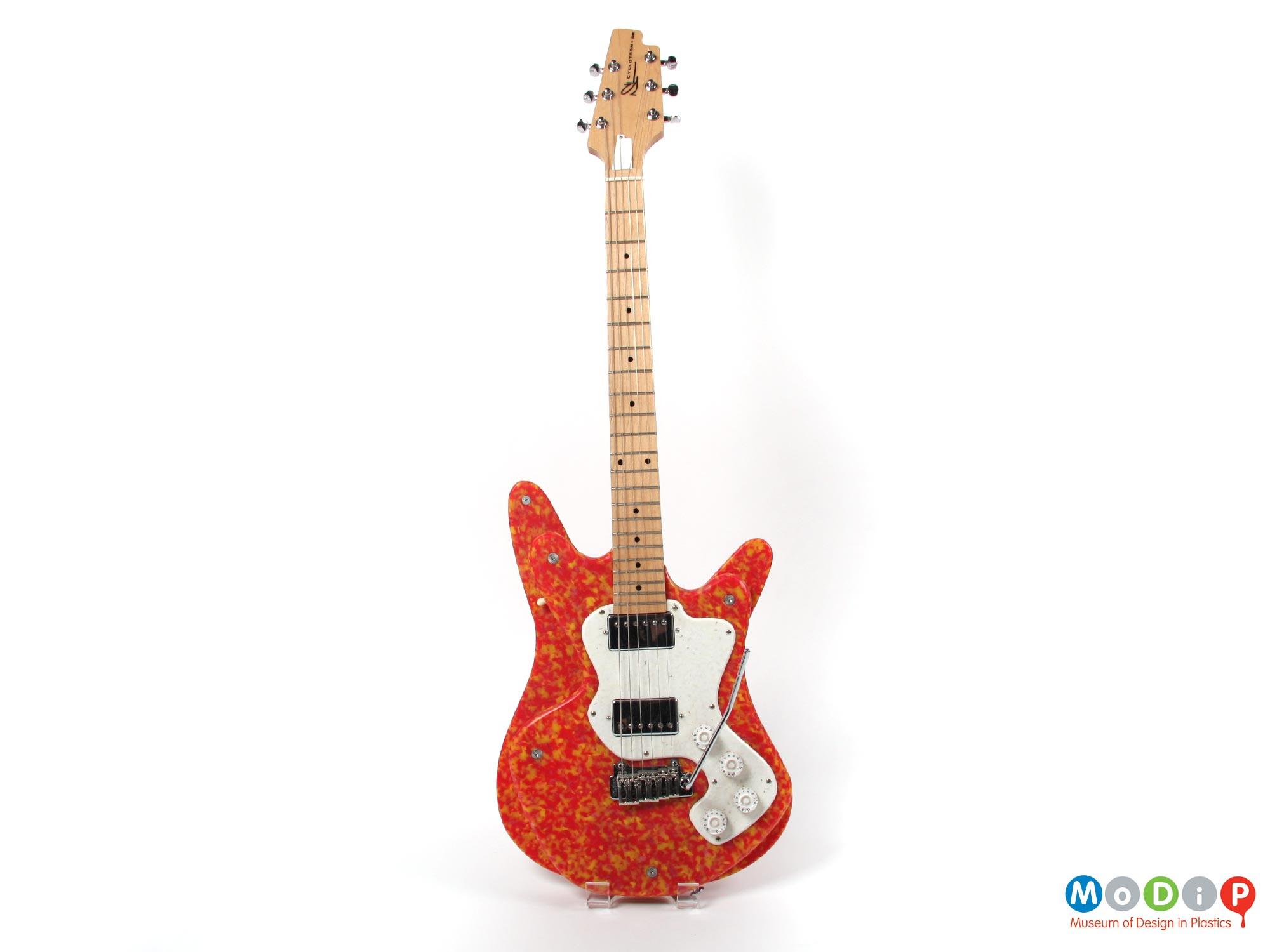
There are also instrument makers such as Simon Lee, who developed the Cyclotron guitar series which comes in six different designs that use materials like industrial pipes, vending machine cups, CDs, water cooler bottles, rejected yogurt containers, and all kinds of domestic bottles and containers. There is also the company Boomera, based in Brazil, who revive and reuse hard-to-recycle waste products that typically end up in landfills, by transforming them into musical instruments that they give to schools.
One area that is closely linked with the music industry is electronic equipment. The UK creates the second-highest amount of electronic waste in the world, around 1.3 million tonnes of electrical goods are thrown out every year, of which only 38% is recycled. The challenge is to do something beneficial with these products when they reach the end of their life or the end of their productive cycle. One way is to investigate how we can better use raw materials to create these products and to produce new products through repairing, reusing, remanufacturing, or recycling. Initiatives such as the PlastiFantasti music system by Israel-based industrial designer Lior Amsterdam, tackles the issue of plastic and electronic waste by using positive design, collaboration, sustainable thinking and the circular economy.
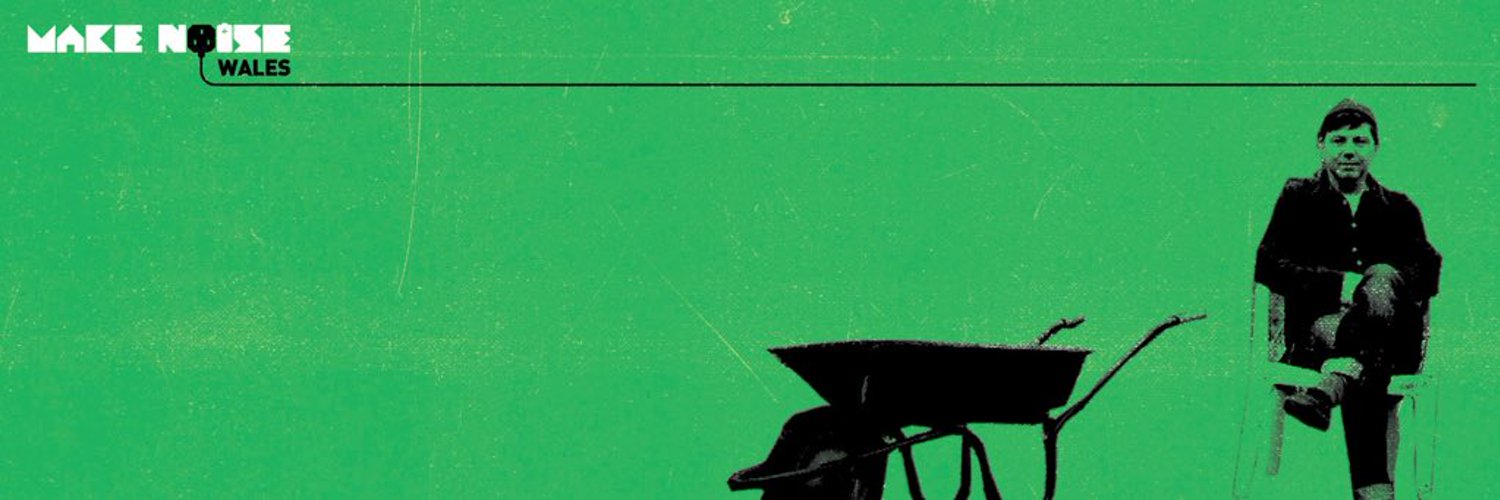
The link between eWaste and music was something that Resource Efficiency Wales latched onto. Their Make Noise Cymru 2017 tour attracted almost five-hundred people who were encouraged to take a broken piece of e-waste for recycling as their entry pass to the gigs. Four recycling gigs were held across Wales including locations at Blackwood, Merthyr Tydfil, Ebbw Vale and Talgarth. The band Sweet Baboo headlined the tour and was supported by a raft of upcoming and inspiring Welsh musical talent.
Interestingly eWaste was also the subject of an innovative project exploring the themes through music, songs and imagery at the University of Southampton, Transitioning to a Circular Economy with creative artists. It included SON Orchestra (Southampton’s professional orchestra and Turner Sims Orchestra in Association), visual artist Susannah Pal, Robin Browning composer and artistic director, musician Anca Camapnine, pupils and teachers from Otterbourne CE Primary School and lecturers from the University. A result of the project was a co-composed musical performance as a creative response to themes of waste and recycling, with a legacy of deeper understanding of environmental issues, catalysing societal change.
And what about the music itself. You could say that circularity in music is well represented, through sampling for example, which reuses a segment of a sound recording in another recording. According to Laurent Fintoni, the practice of sampling in music dates back to the 1940s and the early days of musique concrète. Using recording tape, Pierre Schaeffer and others experimented with recorded sounds by manipulating them via splicing, speeding and reversing. Samples can include elements such as rhythm, melody, speech, sounds, or entire bars of music, and maybe layered, equalized, sped up, or slowed down, repitched, looped, or otherwise manipulated. There’s one song that’s been sampled far more than any other, the 1960s track called “Amen, Brother” by The Winstons is the most-sampled track in history and has been used around four and a half thousand times. There is also a raft of pop songs based on classical music which I guess could be called recycling or reuse, “A Whiter Shade Of Pale” by Procul Harum, for example, uses JS Bach, “Air” (known as “Air on a G String”).
Environmental sustainability has become increasingly important to many musicians, with more and more aware of the consequences of their actions. The circular economy provides a methodology for them to look at reusing items and recycling materials from the venues they perform at to the instruments they use and the music they make which will all help raise awareness that reuse in a variety of forms can be beneficial environmentally and creatively.
Recommended for you…
Brian Royson Mayne introduces the series on the Arts and the Circular Economy and discusses the origin of the circular economy and how it is being defined today.
In this second article of the series, Brian Royson Mayne explores the ways in which theatre and film have incorporated principles of the circular economy into their work.
Brian Royson Mayne is a fellow of both the Royal Society of Arts and Chartered Institution of Wastes Management. He is a Chartered Environmentalist with extensive experience of working within the Circular Economy this has involved business development, providing advice to SMEs and Social Enterprises.


